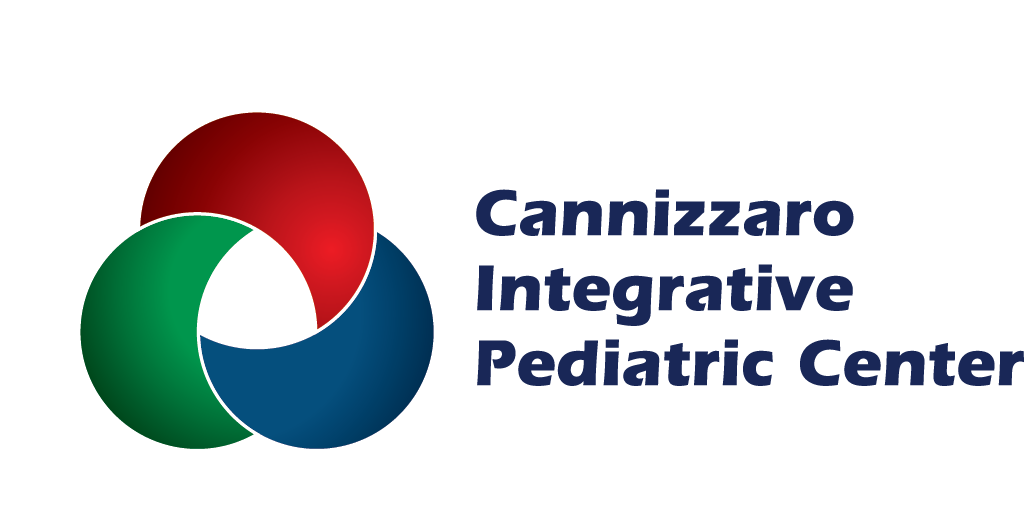
Anemia is commonly diagnosed in children. Anemia is caused by the body not having enough healthy red blood cells. Iron is needed for the formation of healthy red blood cells. Most individuals do not consume enough iron in their diet for healthy formation of red blood cells. The body needs healthy red blood cells to grow and during the first year of life the body undergoes rapid growth. So, the first place a doctor will look (and the most common cause of anemia) is lack of iron in the diet. Anemia can be diagnosed very early in life—at mere months of age. This article explores how pediatricians diagnose and treat anemia in babies.
Why is Anemia in Infants Common?
To test for anemia, your pediatrician’s office will prick your baby’s toe to collect a drop of blood. They can get results in just a few minutes. Pediatricians routinely check all babies for anemia at about nine months of age; however, testing will be done earlier if the baby is at risk for having anemia sooner.
For example, babies born prematurely may be at higher risk. This is because a baby’s body builds up iron reserves during the last trimester of pregnancy. If a baby is born at thirty-seven weeks instead of forty weeks, they may not have enough iron reserves. Likewise, if a mother is iron deficient during her third trimester, the baby’s body may not build up enough iron reserves before birth.
If the umbilical cord is clamped too soon after delivery, the baby may not get as much iron. This is because the practice of delayed cord clamping is in essence providing a blood transfusion at delivery. The American College of Obstetrics and Gynecology recommends a minimum of one minute before clamping the umbilical cord after birth, but ideally it should be about three minutes.
Babies typically have about six months of iron reserves when they’re born if everything goes well during the pregnancy and delivery. At six months, babies should start eating solid foods so that they can get more iron. This is especially important for breast-feeding babies because mother’s milk does not contain much iron. Formula has more iron in it, but it is not as absorbable compared to breast milk. Therefore, babies still have a hard time getting enough iron in their diets. The conventional way to get enough iron in the diet is through iron-fortified cereals. More on that later.
What are the Symptoms of Anemia in Babies?
Children often have no symptoms of anemia (unless it is severe), so that’s why they are routinely checked at about nine months. However, if a baby is at greater risk, as explained above, or exhibits other outward (but rare) symptoms of anemia, testing may take place sooner, perhaps at six or seven months. Other symptoms of low iron levels in infants or toddlers may be:
- Pale skin
- Irritability
- Shortness of breath
- Fast heartbeat
- Pica (eating substances like dirt or ice)
- Decreased appetite
- Tiredness or weakness
- A sore or swollen tongue
- Headaches or dizziness
How Do Pediatricians Treat Anemia in Babies?
Pediatricians test babies for anemia early in life because symptoms of anemia are not always obvious, and they want to catch it before iron deficiency causes growth or developmental problems. Good nutrition and adequate iron absorption affect brain development, bone growth, and the timely achievement of developmental milestones like crawling and walking.
If a baby’s hemoglobin test comes out low, a pediatrician will assume the baby is anemic due to low iron. In response, treatment will consist of a liquid iron supplement, dosed based on weight. Then the baby’s hemoglobin level is rechecked in a month. If the iron supplement was given as directed, it should go up quite a bit in that month. But if the test still comes out low, the baby may be anemic for another reason. At that point, the pediatrician would draw more blood to rule out other disorders.
It’s best to give the iron supplement on an empty stomach, as calcium in milk or other foods may inhibit its absorption. Giving an iron supplement with vitamin C will enhance its absorption.
Some foods with higher iron levels include:
- Iron-enriched cereals, breads, pasta, and rice
- Meats, such as beef, pork, lamb, liver, and other organ meats
- Poultry, such as chicken, duck, turkey, (especially dark meat), and liver
- Fish, such as shellfish, including clams, mussels, and oysters, sardines, and anchovies
- Leafy greens of the cabbage family, such as broccoli, kale, turnip greens, and collards
- Legumes, such as lima beans and green peas; dry beans and peas, such as pinto beans, black-eyed peas, and canned baked beans
- Yeast-leavened whole-wheat bread and rolls
This list was taken from Cedars-Sinai.org
How Do You Treat Low Iron in Babies Without Feeding Fortified Cereals?
The reason the USDA began fortifying cereals with iron is because there’s not much iron in our regular diets. You may think there’s a lot of iron in raw foods like spinach, but there isn’t—you’d have to eat quite a lot! Parents who prefer a more holistic approach to iron supplementation can either cook their food in an iron skillet or use an alternative called Lucky Iron Fish®. Either method easily infuses iron into your food. Since you can’t cook everything in a skillet, the fish are a cute and convenient way to add iron no matter what you’re cooking. Read more about it on their website!
As you can see, iron is essential for a happy, thriving baby. We hope this quick dive into the basics of anemia helps illuminate the causes and treatment of this common condition.





